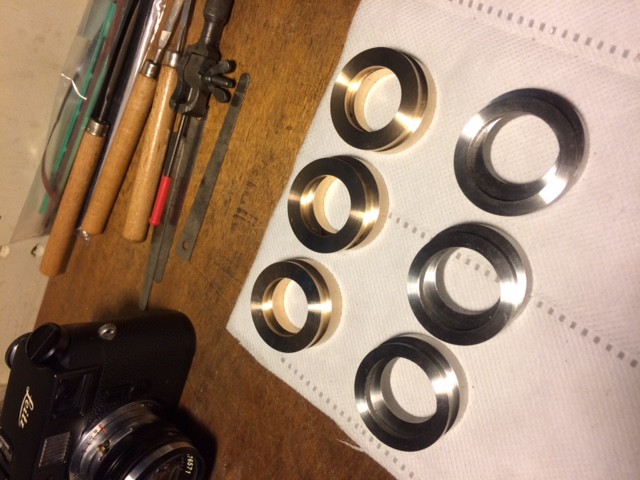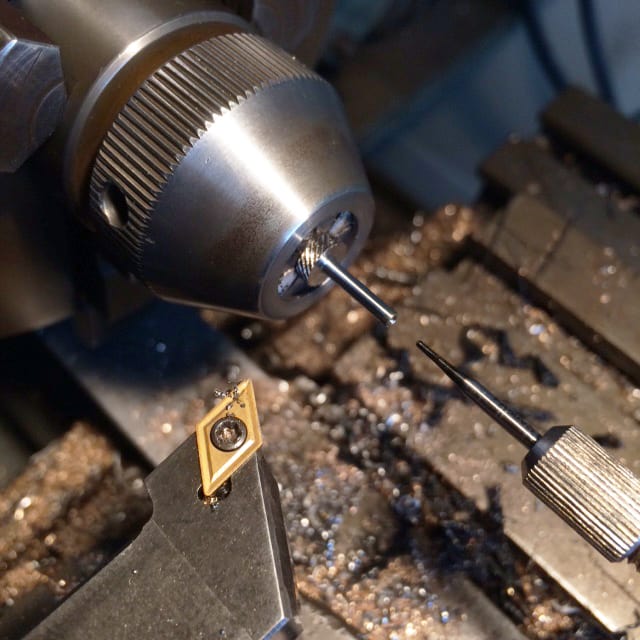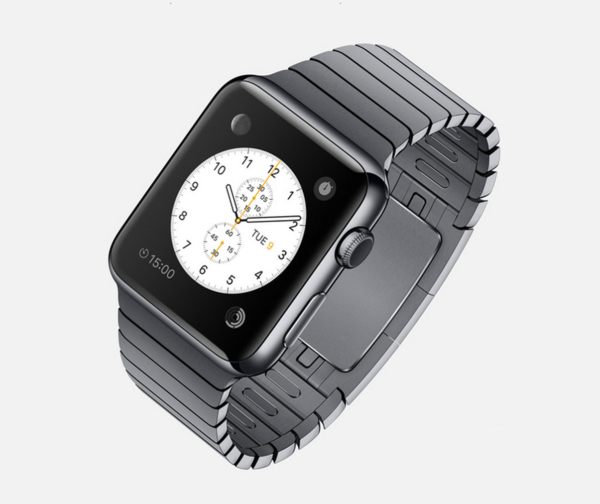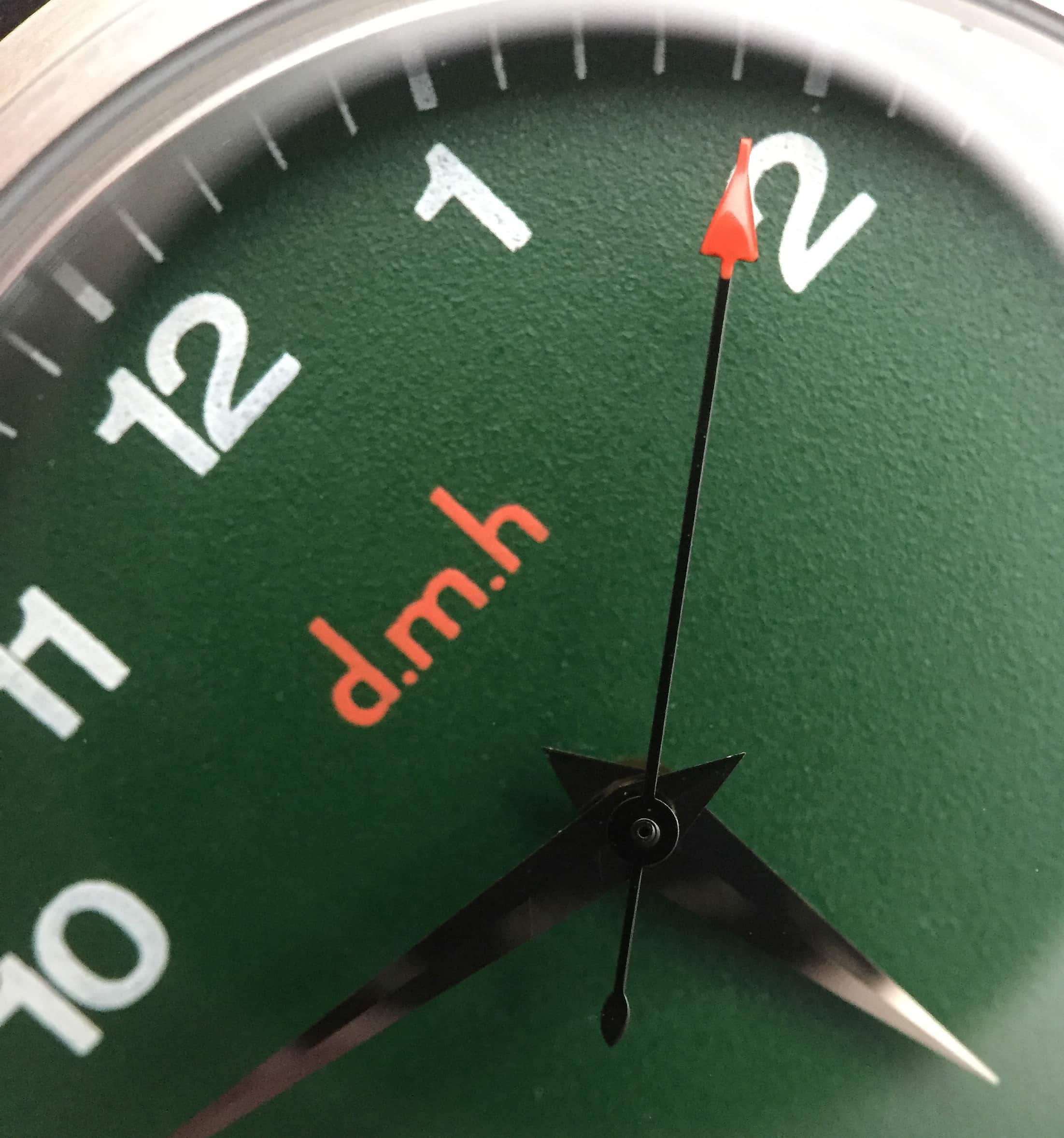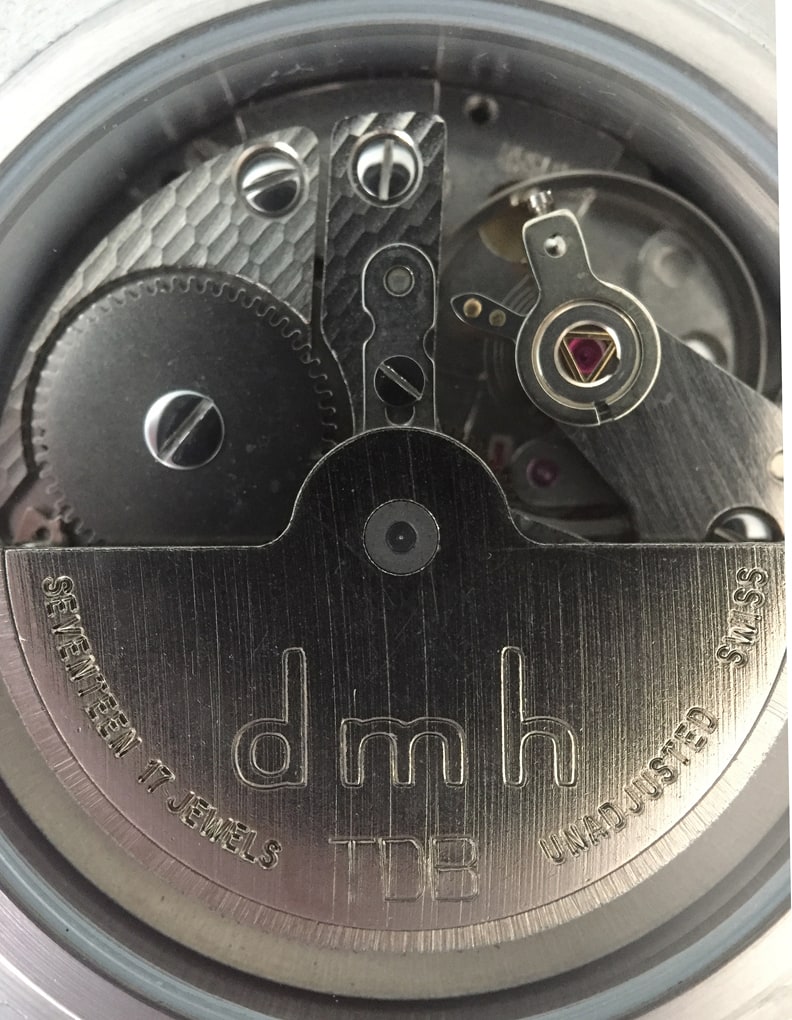A short while back, one of our readers, Marc Sirinsky, reached out to us about writing an article chronicling his experience with a small brand that likely very few people know about–Dingemans Mechanische Horloges, or d.m.h for short. His interest in writing about the company was a personal one; it had been four years–that’s right, four years–since Marc had first reached out to commission a watch, and when he emailed us he was finally just a few weeks out from receiving his long-awaited timepiece. Knowing only bits and pieces about the company myself, I was rather excited to learn more about the process behind the small Dutch outfit, and as far as I could tell there were very few other readily available accounts as detailed as the one below. So enjoy Marc’s story–From Start to Finish: Building My Custom d.m.h Watch.
Several years back, I discovered a Dutch company called Dingemans Mechanische Horloges (d.m.h. for short). This one-man operation is run by Mr. Fred Dingemans, who builds timepieces out of a converted shed in his backyard. The thing is–when I say “building,” I mean it in the truest sense of the word. The cases? He mills them himself from raw steel. The crowns? He devised a novel dual crown system and creates them from scratch. The dials? Stamped out of brass by hand, bead blasted and then painted in-house. Even the equipment he uses has a story; it originally belonged to his father and Fred restored it all himself to suit his own watchmaking needs. But perhaps the best part of d.m.h. is that everything is done custom to the client’s specifications.
Fred began making watches part time with an annual output of 12 timepieces, but soon realized that following his passion full-time would allow him ramp up to 24 watches per year (still an extremely limited run by any measure). He also brought in master watchmaker Frans de Groot to help with the disassembly, cleaning and regulation of his NOS automatic Tenor Dorly movements. Needless to say, I was absolutely enamored and had to have one.
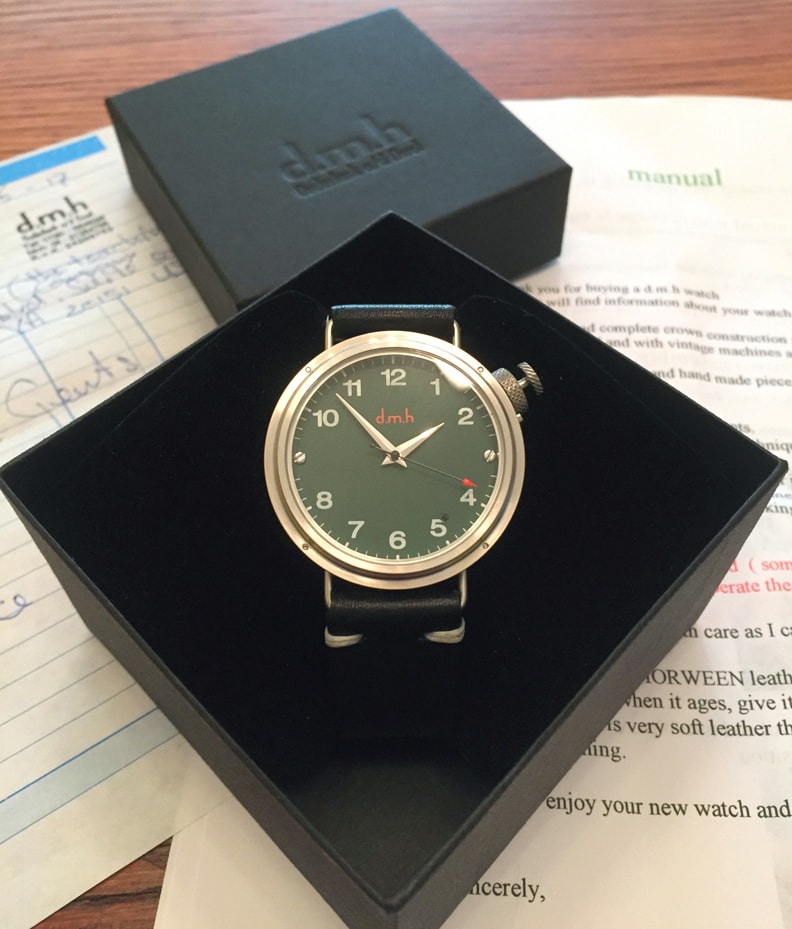
By the time I got in touch with Fred, word had gotten out and I was told the wait time had ballooned to over four years. Anyone who knows me understands that patience is not one of my virtues. Thankfully the design process wouldn’t start until it was my turn in line, so there was time for my tastes to evolve before committing to any specifics. I put down my deposit of 200 Euros and waited. And waited. And waited some more.









 Featured Videos
Featured Videos





